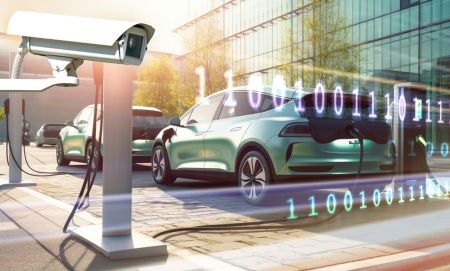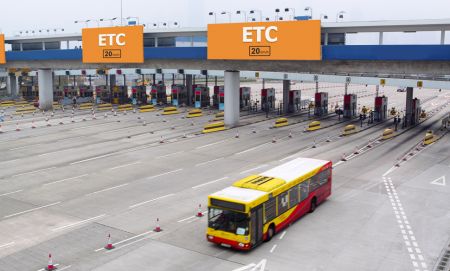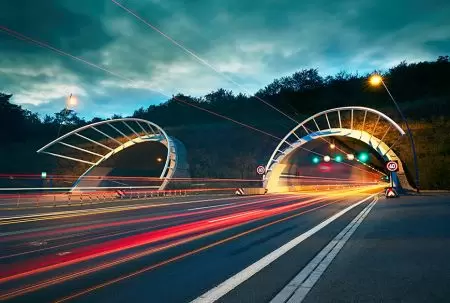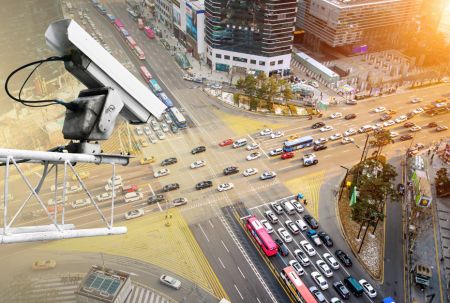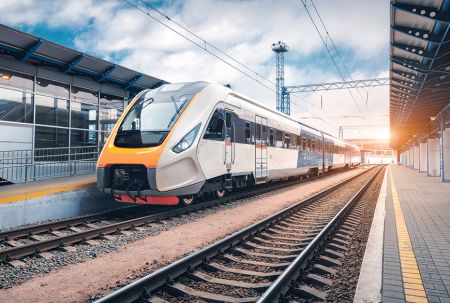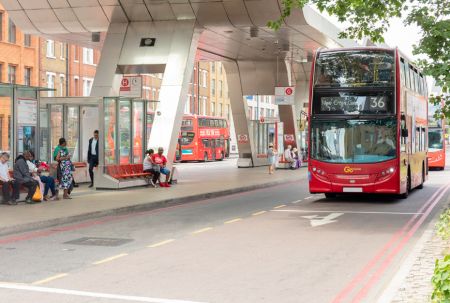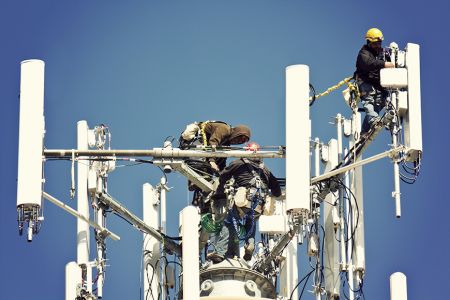
Solution
CTC Union is committed to developing reliable and stable network communication equipment and providing customers with the most appropriate and comprehensive solutions, including Automation, Security, Telecom, Transportation, and Time SyncE.
These products usually offer a solution to an existing problem by providing an innovative way to address it. Learning more about products and the potential solutions they can offer may help you better understand how to market a new good or service.
EV Charging Station Solution
As the demand for electronic vehicles (EVs) increases rapidly, many charging stations have been rolled out and more EV charging sites are also developing...
Intelligent Transport System (ITS) Solution
In recent years, thanks to the rapid development of networking devices, high performance IP cameras, LED displays and other end devices are installed extensively...
Electronic Toll Collection (ETC) Solution
Recently, manual highway toll collection system has been replaced by electronic or automatic one thanks to the rapid development of various technologies....
Factory Automation Solution
Along with the rapid development of technology, factory plants have been transformed to ones that are equipped with automotive production system so that...
Tunnel Security Remote Monitoring Solution
Highways and railways in mountainous areas go through tunnels very often. For safety concerns, tunnels not only have to provide systems like fire protection,...
Intersection Monitoring Solution
In a city or town, intersections are usually the busiest places where minor or severe road accidents occur frequently. To tackle this issue, city governments...
Rolling Stock Solution
The demands for intelligent rail networks, such as high-speed railways, subways, commuter trains and light rail are at a record high due to rapid urbanization....
Smart Bus Solution
With rapid development of new technologies and the increasing rise of urbanization, the demands of transforming transportation systems into technologically...
Railway Trackside Solution
In many countries, people rely heavily on trains or high-speed trains to travel between cities or countries. Owing to greater importance of safety requirements...
CPRI and OBSAI over CWDM Fronthaul to Cell Towers
This application illustrates how to transport four Common Public Radio Interface (CPRI) channels over one fiber fronthaul link using Coarse Wavelength...
PoE Powered Office Automation
The concept of modernized enterprise office is heavily leveraged high speed network environment more and more. It becomes the challenge of the IT department...
Wireless Access & Data Offloading
With the Smartphone and tablet as the popular device of everyone to access the internet information such as streaming video & audio, community APP…etc...

